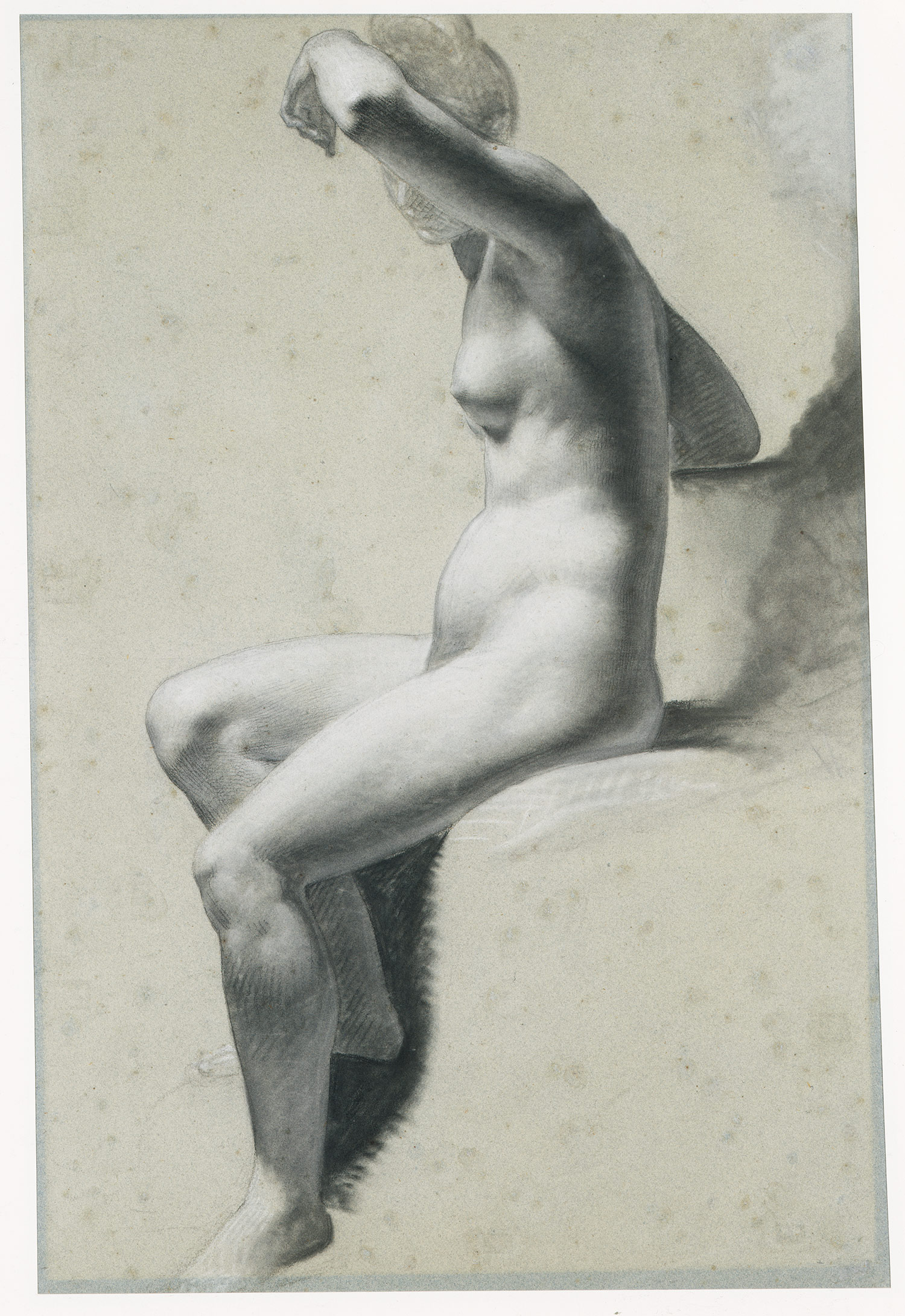Project Description: Narrative Tunnel Book
Artist Andrea Deszo describes her tunnel books as "drawings in space." In this assignment, you will be asked to draw in space by creating a tunnel book. This kind of book provides the viewer with a single scene that is broken up into several layers and extended through space. A tunnel book is a set of cut-out panels, set one behind the other, and attached together with accordian folded hinges so that the scene can be opened out for viewing or folded flat for storage. Tunnel books were popular paper toys in the mid 1800's when they were known as "peep shows".
When considering the narrative content of your tunnel book, try to think of narratives not as simply stories, but as situations that present a sense of intrigue. A tunnel book is not a format in which you can tell a narrative with a distinct, beginning, middle, end, and climax-- instead, think of narrative moments in time; scenes that make the viewer question what they are seeing, scenes that are poised in the midst of action. Narrative can be found anywhere, from the newspaper to the pair of lost keys you find on a sidewalk to significant moments in your own life. In a narrative moment, something is happening; the viewer is aware of a history that preceded the moment and some action that is yet to come.
You are free to use whatever materials best convey you ideas; paint, pen and ink, pencil, found objects, cardboard, photographs, etc. Consider all aspects of your design carefully; how will the tunnel book look when it is lying flat? How will it look when it is extended? Where is the focal point of the scene? How will the viewer enter the scene? This is an opportunity for you to synthesize all that you have learned this semester, as such, careful planning and an inventive solution to the assignment is expected.
Project Resources:
Some examples of narrative contained within a single image:
-Photographer Cindy Sherman recreates film stills and ambiguous staged scenes in a continuously reinvented self portrait.


Sherman, Untitled Film Stills, 1981 and 1982
-Photographer Eleanor Antin


Antin
Plaisir d’Amour (after Couture)
and
Helen's Odyssey
- Eleanor Antin on Art: 21, Creating Histories
Examples of Tunnel Books and Artist Books:


Tunnel books by Andrea Deszo
-Interview (3 minutes) with book artist Andrea Deszo


"The Tunnel Calamity" A tunnel book by Edward Gorey
-More examples of tunnel books
-An altered book titled "The Hummament"
-Current exhibition at the Museum of Art and Design titled "Paper Under the Knife"
-Literary press focusing on book artists : The Crooked Letter Press
-Paper artist Noriko Ambe
-Art: 21 episode we watched in class titled "Stories"
What is a tunnel book and how is it made?
Take a look at the following sites for a sneak peak of what we'll be doing in class:
http://www.philobiblon.com/
http://www.sdmart.org/pix/
http://www.artbookscreativity.
http://www.making-mini-

















